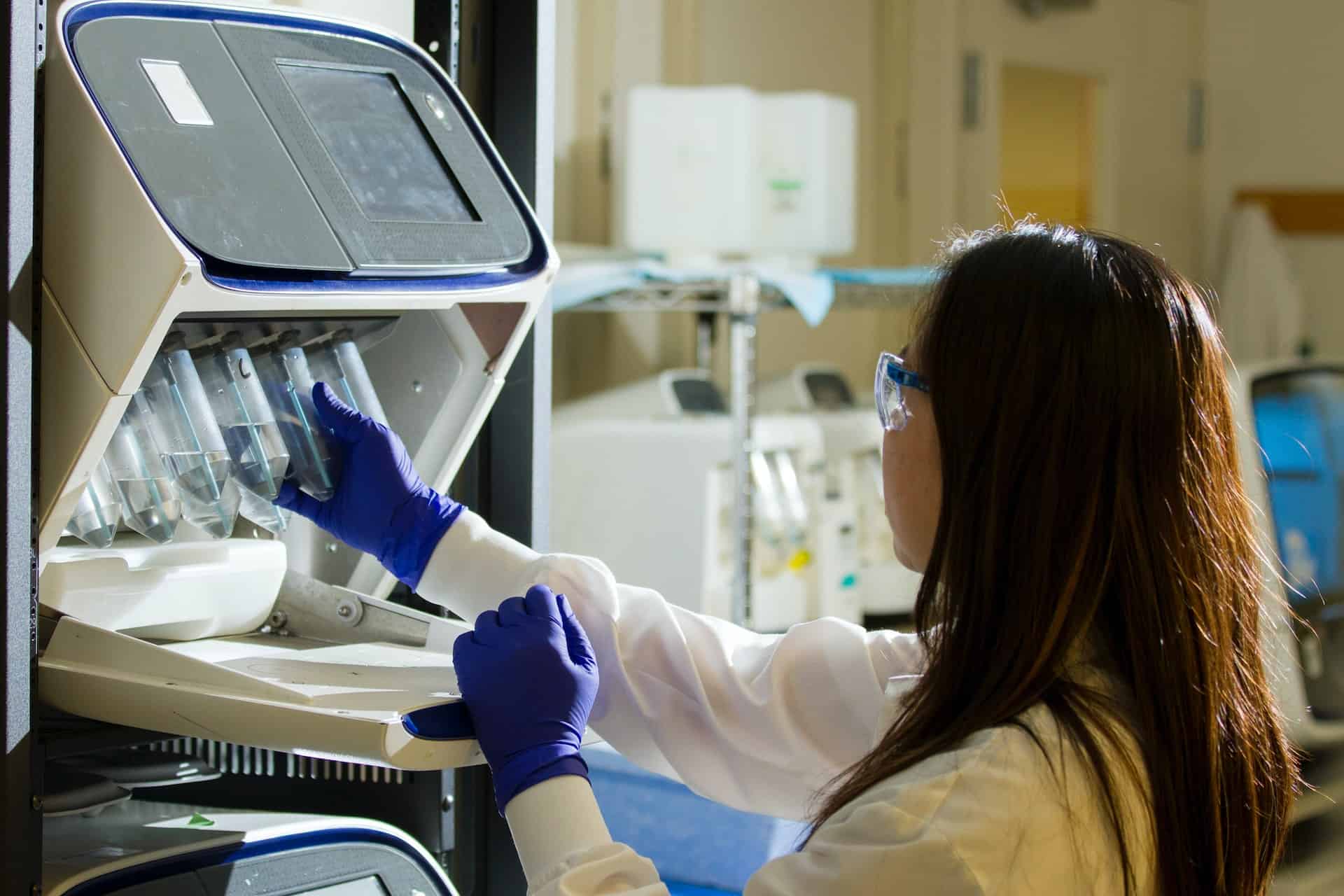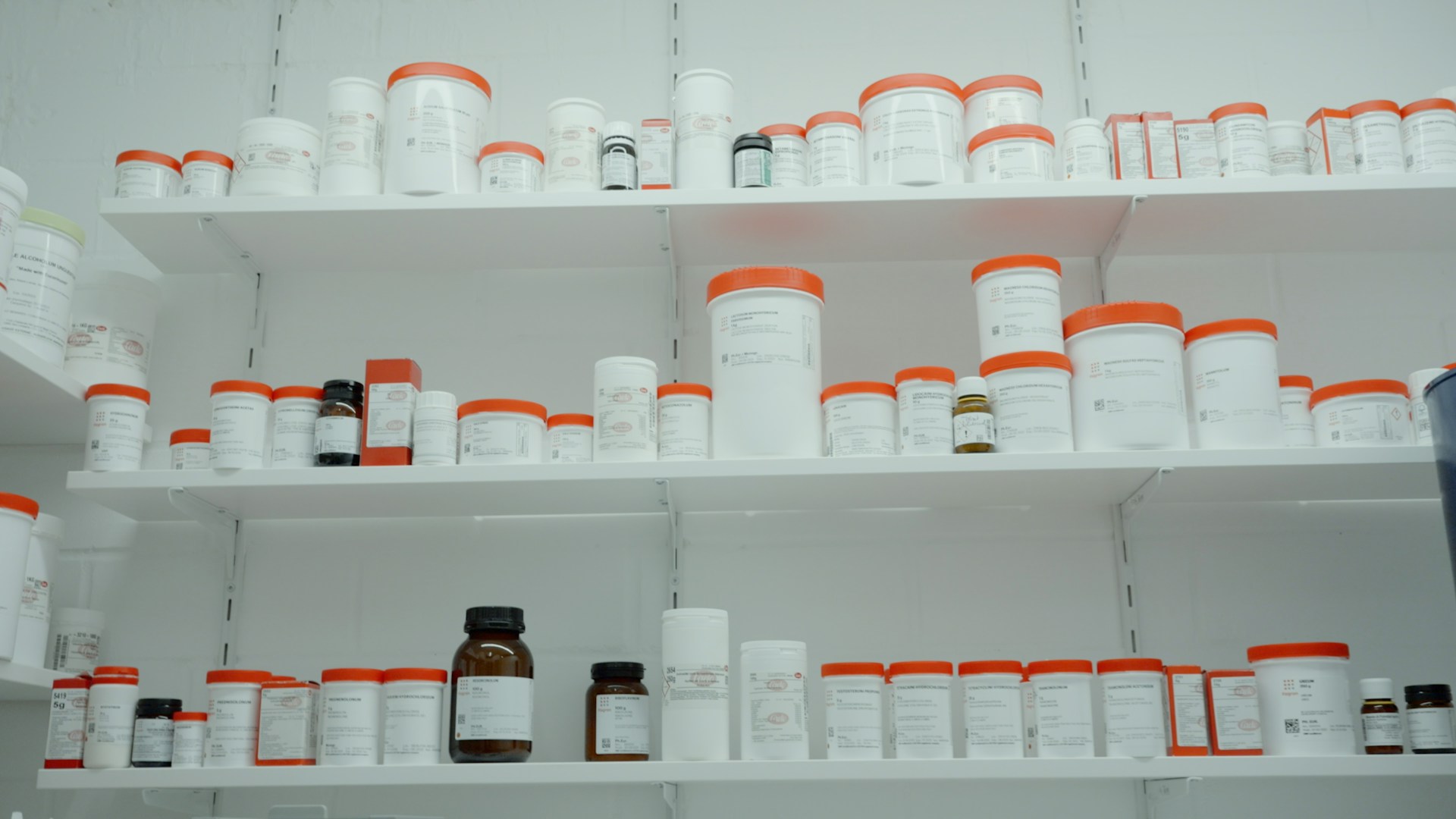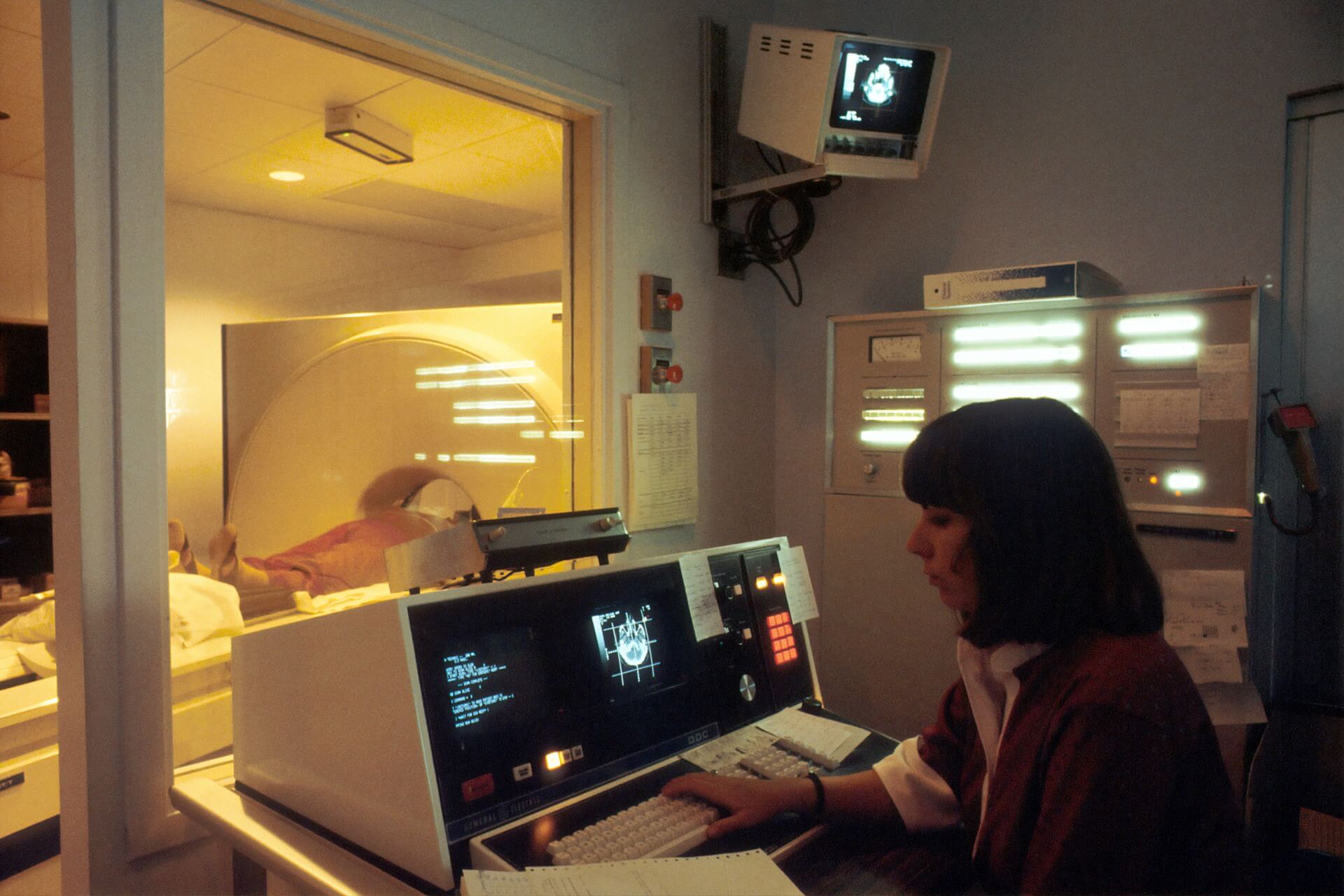
Finding a Career in Biotechnology vs. Biomedical Engineering
January 19, 2023 - Emily Newton
Revolutionized is reader-supported. When you buy through links on our site, we may earn an affiliate commission. Learn more here.
Biotechnology vs. biomedical engineering — two similar fields of study with a few marked differences — have numerous potential jobs. Both sciences are growing rapidly as people manipulate the world around them to find solutions to hunger, diseases, disabilities and the need for sustainable fuel. What are some promising career paths for each one? Here’s what you should know in order to weigh the opportunities of biotechnology vs. biomedical engineering.
Defining the Terms of Biotechnology vs. Biomedical Engineering
Biotechnology harnesses the power of biological processes, cells and organisms to create products and services. As the name suggests, it’s a combination of biology and engineering. The history of modifying living things to fulfill human needs dates back to at least 10,000 years ago, when people began domesticating crops. Still, scientists consider modern biotech to have started in the 1970s with the invention of genetic engineering.
Biotechnology can address environmental, agricultural, pharmaceutical and epidemiological problems on a broad scale. For example, gene manipulation allows scientists to create DNA vaccines, which they can produce much faster than traditional ones that employ bacteria or viruses. Certain types of genetically modified pigs have less phosphorus in their waste, reducing water pollution.
Biomedical engineering also combines biology and engineering and has a lot of overlap with biotechnology. However, it focuses on treating and diagnosing ailments. This field emerged very recently and incorporates a stronger focus on math and physics. Biomedical engineers create prosthetic devices, implants, monitors, imaging devices and even artificial organs and tissues, allowing rapid medical advancements.
Biotechnology Job Categories
This science is divided into distinct branches, each assigned a color for distinction. The list gets pretty long, but here are the main color categories and some careers that fit each one.
1. White: Industrial Technology
When creating new chemicals and energy sources, why not look to the natural world for inspiration? White biotechnology uses plants, mold, yeast and bacteria to make products that create little waste and break down easily. Such products include food additives, artificial sweeteners, fuels and solvents.
Someone in this industry might work as a microbiology analyst, molecular biologist, process chemist or researcher.
2. Green: Agricultural Technology
The world is hungry. This branch of biotechnology seeks to reduce agricultural production costs, grow bigger crops in smaller areas, kill weeds, make plants resistant to disease and more. Scientists can bypass thousands of years of domestication by genetically modifying crops to get immediate results.
They’ve recently modified corn to produce a protein that kills insects. It’s the same type of protein some organic farmers spray on their vegetables. Since the corn releases this protein on its own, it reduces the need to spray pesticides and other animals and humans can still eat the corn.
Some products address human behavioral issues. Certain potatoes have been modified not to bruise easily, because people often mistake brown bruises for mold. Because these potatoes retain an even color despite being dropped, packaged or cut open, people are less likely to throw them away. This eliminates food waste.
A person who wants to work in the green biotech sector could be a data scientist, genetic engineer or farm-technology manager.
3. Blue: Marine Technology
The expanse of the ocean holds untold secrets. Because aquatic organisms evolved under different extremes in temperature, salinity, movement and depth, they produce a diverse range of chemicals and structures. Scientists trawl the seas for new materials they can use as painkillers, biofuels, biopolymers or face creams, discovering novel compounds they don’t find on land. They also try to create water-borne pest and disease control techniques.
Chemists and molecular researchers rule this domain.
4. Red: Pharmaceutical Technology
Gene therapy, cancer research and the development of vaccines are all a form of red biotechnology. This is where the line between biotech and biomedical engineering gets blurry. However, this science focuses less on prosthetics and mechanical devices and more on creating new medicines and diagnostic techniques.
Jobs include laboratory positions, such as researchers and chemists, as well as medical manufacturing positions and biotechnology consultants.
Biomedical Engineering Careers
This field of science isn’t color coded like biotechnology is, but it’s still broken down into categories. Here are a few promising specialties and career examples.
1. Bioinstrumentation
Bioinstrumentation uses electronics and computer science to create devices that monitor health, such as sensors measuring heart rate and respiration. They may sound futuristic, but these devices are already well integrated into society. Digital thermometers and fitness trackers are both standard tools that use bioinstrumentation.
Someone following this career path could be an instrumentation and controls engineer, laboratory technician, research technician and more.
2. Biomaterials
This is the study of the materials — either synthetic or naturally occurring — scientists use to create implants and drug delivery systems. Engineers must choose materials carefully to work with human anatomy and physiology. Some examples of biomaterials include metals, polymers, ceramics or glass. They’re used to create things like contact lenses, heart valves, hip replacements, bone grafts and scaffolds on which to regenerate human tissues.
This field employs applications engineers, biomaterials engineers and research technicians.
3. Biomechanics
To design implants, it’s essential to analyze how the human body moves, even at the cellular level. For example, engineers need a good grasp of how the knee moves and supports body weight to develop a knee replacement.
Biomechanics is the study of biological structures and how they function. Some jobs in this field include researcher, biomechanical engineer or even forensic engineer — a scientist who studies whether an accident caused someone’s injuries.
4. Systems Physiology
Broadly, this is the study of organ systems and their functions. As a subdiscipline of biomedical engineering, it seeks to understand how medical devices interact with the 11 organ systems:
- Skeletal
- Muscular
- Integumentary
- Lymphatic
- Cardiovascular
- Nervous
- Respiratory
- Urinary
- Digestive
- Reproductive
- Endocrine
Because all the systems connect, creating a medical device that only affects one of them is not so simple.
People in this field use modeling to analyze experimental data and translate physiological reactions into numbers.
A World of Choices for Biotechnology vs. Biomedical Engineering
It doesn’t have to be biotechnology vs. biomedical engineering. Both fields are developing rapidly. Whether someone wants to create implants, grow pest-resistant crops or develop clean energy, there are almost unlimited options they could pursue to make a difference in the world.
Revolutionized is reader-supported. When you buy through links on our site, we may earn an affiliate commission. Learn more here.
Author
Emily Newton
Emily Newton is a technology and industrial journalist and the Editor in Chief of Revolutionized. She manages the sites publishing schedule, SEO optimization and content strategy. Emily enjoys writing and researching articles about how technology is changing every industry. When she isn't working, Emily enjoys playing video games or curling up with a good book.







